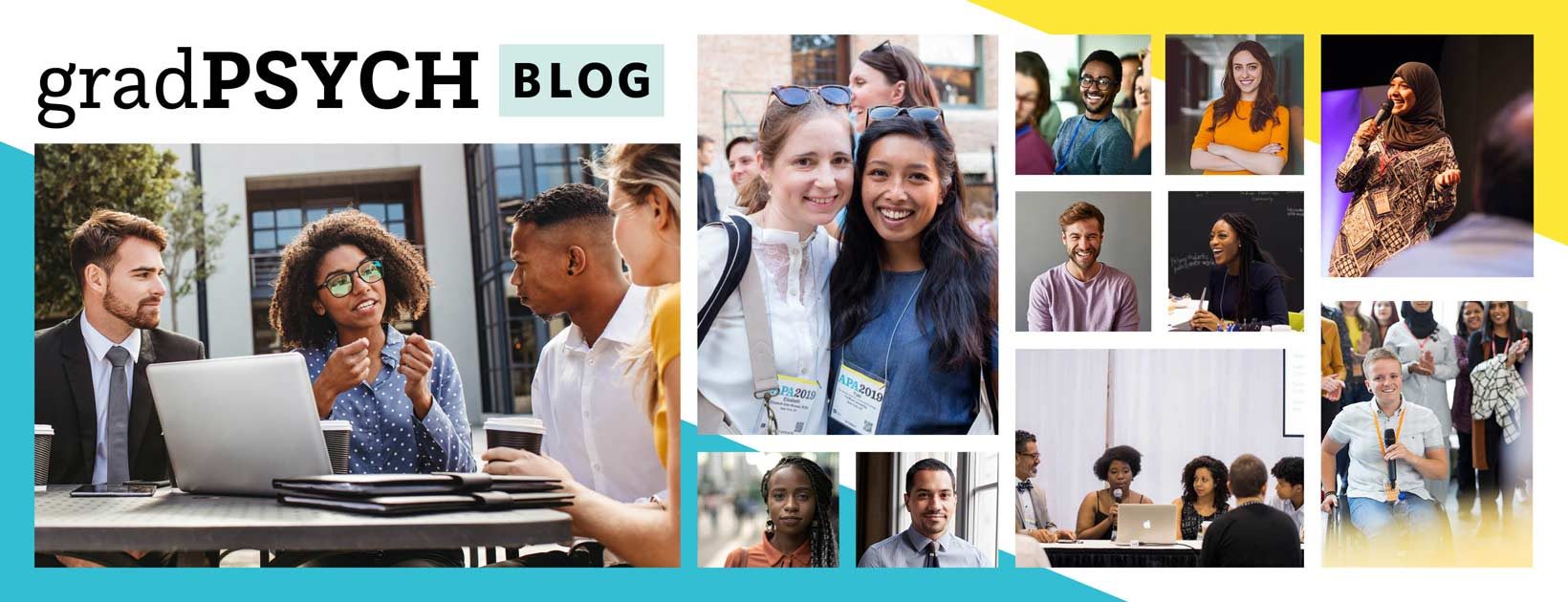Where Science Meets Policy
Part 1: Involving Stakeholders in Every Step of Your Research
Melanie Arenson, Renee Cloutier, Travis Loughran, Mary Fernandes
There is a well-known lack of consistent translation of scientific research into public policy. To address this, the scientific community has instituted a substantial push to involve “stakeholders” in our research, in order to make it more targeted, translatable, and impactful. But what does that mean practically, and how do we do it?
What is a stakeholder?
According to the American Psychological Association, stakeholders include anybody that could be influenced by the research you conduct (e.g., they have a “stake” in it). What does that look like? Well, imagine you’re developing a new intervention for adolescents. Stakeholders for such a project might include the people receiving and providing the treatment (e.g. the adolescent and therapist), as well as the child’s parents, teachers, and peers, the administrators in both the treatment setting and the school, and the policy-makers dictating the allocation of school-based resources. Depending on your area of research, this group of stakeholders may expand to include businesses, insurance companies, curriculum writers, and nonprofits.
Why involve them at all?
Too often in academic settings, we formulate a question, conduct the research in our labs, find exciting results, publish a paper in an academic journal, and then that research gets cited by other academics in other academic journals. The problem with that? The information we’ve discovered doesn’t ever actually leave the world in which it was created.
Stakeholders, if engaged properly, are uniquely positioned in two ways to help change that: (1) their opinions can be sought to ensure that the questions we ask, the research paradigms we create, and the treatments we develop appropriately reflect the real-world applications that interested us in the first place; and (2) they hold connections that can help with dissemination when we find those really cool results. They are mired in the frequently messy reality that we try to emulate in our labs, and understand what is feasible and what isn’t because they live it, day to day, in a way we as researchers rarely do. They also hold connections in the community and have specialized insights into the most appropriate and impactful way to translate our research to the populations that need to hear it the most.
So how do we involve them?
This can depend on your setting, but below are a few options:
1) Use your existing network. Most likely, you can think of a few stakeholders you already know, whether in a professional or personal context. One of the easiest ways to get stakeholders involved is to ask those people to have coffee with you and chat. If they’re interested in what you’re doing they might be a good person to get involved, but they also can likely suggest people they know that might be able to help.
2) Focus groups are extremely helpful. They can be used as sources for more permanent stakeholder involvement (e.g. you can recruit stakeholders that will remain involved for the duration of the project), but they also are formalized way to engage stakeholders just as they are. Recruit as broad of a range of stakeholders as you can, know the questions you want to ask, and be prepared to lightly guide a discussion. Keep in mind that it may be helpful to group participants by stakeholder type, depending on your project and the diversity of stakeholders. If someone seems particularly insightful, motivated, and you think they may be good fit for your research team, talk to them about the possibility of getting more involved (and keep a list of these types of people as possible stakeholders for future projects!).
3) Use conferences to build connections. When you’re talking to colleagues about your research, don’t forget to talk about recruiting stakeholders (they may know someone that would be a perfect fit!), and attend talks that are related to the research you want to do as they may give you an idea for stakeholders you haven’t thought of. Check the program for any stakeholder-related gatherings, which may include a talk by patients, booths run by educators and/or companies, or division-specific events related to specific providers.
4) Don’t forget about your professional organizations. Many organizations have committees and departments dedicated to influencing and crafting policy. These sub-organizations can connect you and your academic work to the policy arenas you want to influence. Reach out to committee members and tell them about your research and the implications you think it has. They’ll be perfectly positioned to help you translate your findings to the community stakeholders you want to reach. They also may be able to direct you resources and stakeholders you haven’t thought of.
5) Finally, use your research. Talk to your participants, their parents, and the community connections you use to recruit your sample, and ask them if they would like a summary of your findings once your research is complete. If you haven’t already built a relationship with them, offering to reach out (and taking the time to do it!) is a great foundation. Similar to focus groups, if you think any of those people would be a good fit for your research, offer the opportunity for them to get involved in future projects.
Breaking the academic loop:
Once you have successfully designed, executed, and analyzed your research project, how do you convey the findings to a broad range of stakeholders? Researchers and policy makers often have different decision-making processes, time-lines, vocabularies, and incentives (Brownson, Royer, Ewing, & McBride, 2006; Grande et al., 2014), which create barriers to effective communication. Overcoming these barriers requires several, multi-level actions, many of which will be addressed in this series. Follow us for our next piece on how to write academic papers for a broad range of stakeholders.
References:
Brownson, R. C., Royer, C., Ewing, R., & McBride, T. D. (2006). Researchers and policymakers: travelers in parallel universes. American journal of preventive medicine, 30(2), 164-172.
Grande, D., Gollust, S. E., Pany, M., Seymour, J., Goss, A., Kilaru, A., & Meisel, Z. (2014). Translating research for health policy: researchers’ perceptions and use of social media. Health Affairs, 33(7), 1278-1285.
 December 21, 2018 marked the longest federal government shutdown in United States (U.S.) history and was prompted by a political divide around the President’s demand to fund and build a wall along the U.S – Mexico Border. Notably, the border wall has been at the center of the President’s immigration policies and was imposed to prevent illegal entry into the U.S. Thus, immigrants who were once protected from deportation, even DACA recipients, are faced with pervasive fear and uncertainty about their future and livelihoods. Consequently, these xenophobic government policies have a remarkable impact on individuals from marginalized groups.
December 21, 2018 marked the longest federal government shutdown in United States (U.S.) history and was prompted by a political divide around the President’s demand to fund and build a wall along the U.S – Mexico Border. Notably, the border wall has been at the center of the President’s immigration policies and was imposed to prevent illegal entry into the U.S. Thus, immigrants who were once protected from deportation, even DACA recipients, are faced with pervasive fear and uncertainty about their future and livelihoods. Consequently, these xenophobic government policies have a remarkable impact on individuals from marginalized groups.
 In grad school they didn’t teach us about repaying student loans. They also didn’t teach how much we could expect to earn after we graduated.
In grad school they didn’t teach us about repaying student loans. They also didn’t teach how much we could expect to earn after we graduated. By: Taylor Roth
By: Taylor Roth